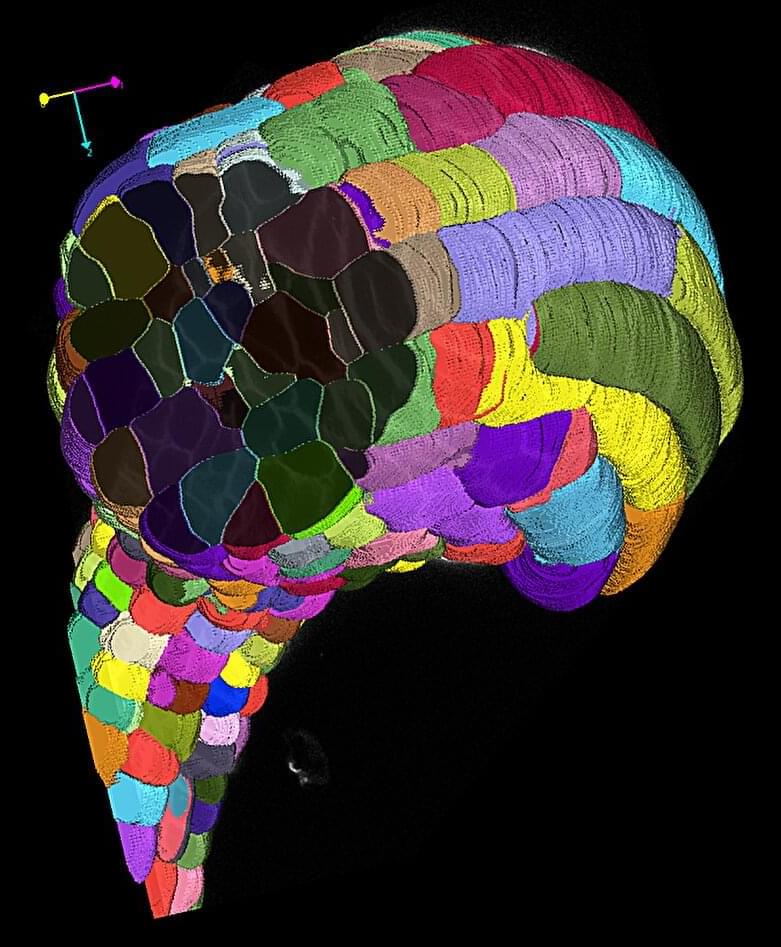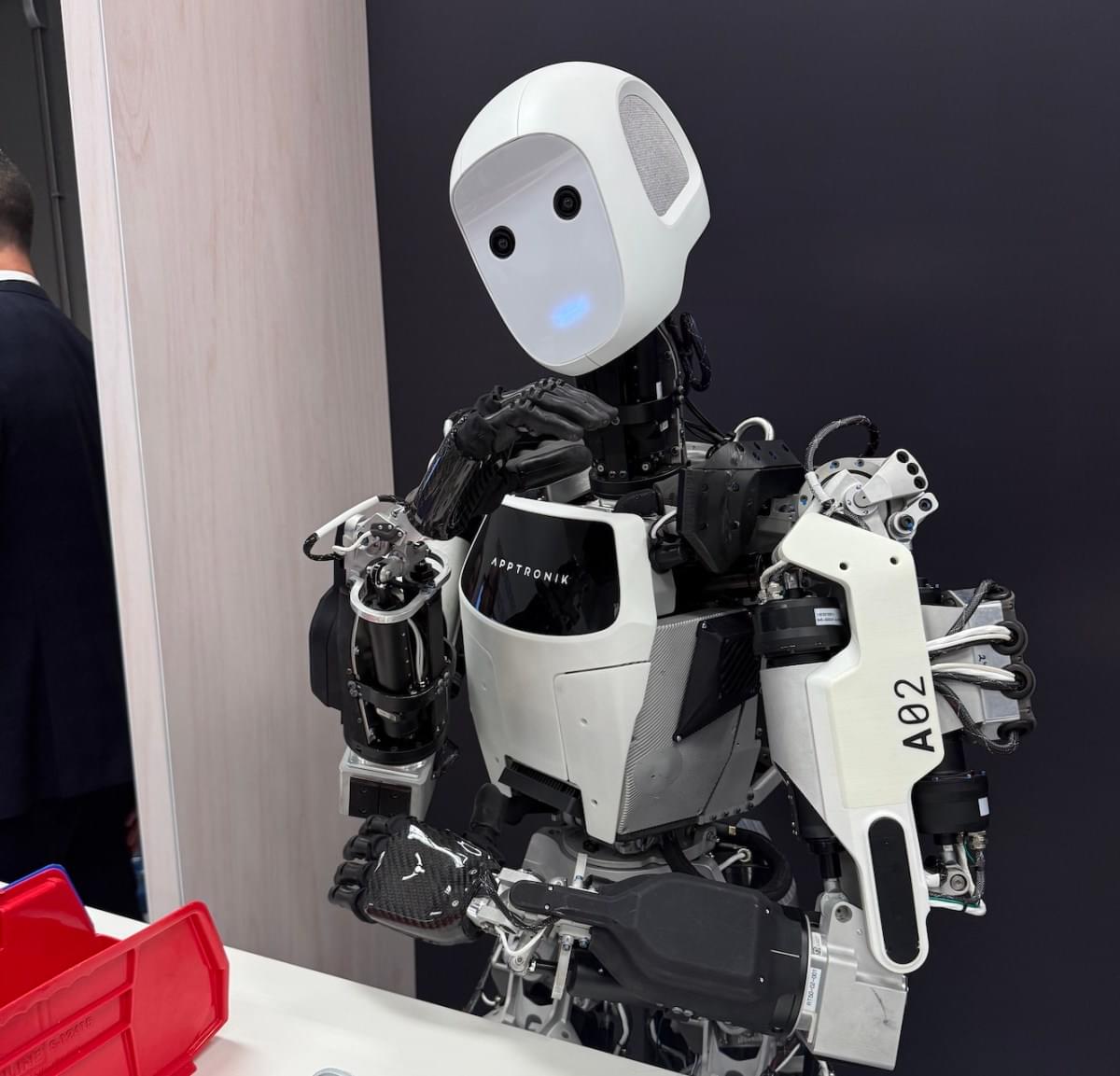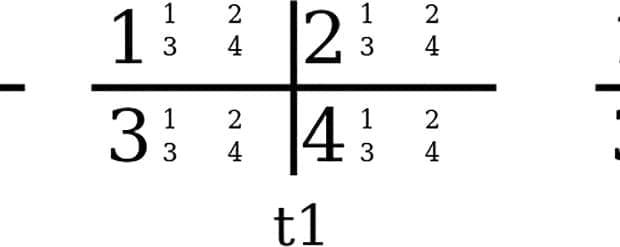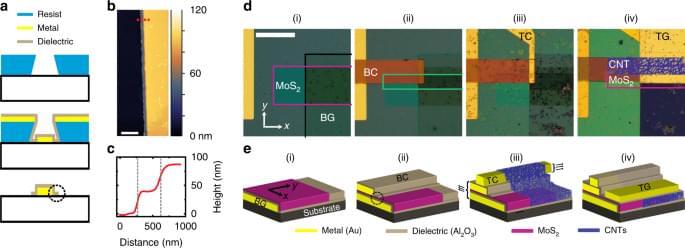The biological cycle of our existence seems relatively straightforward: we’re born, we live, we die. The end.
But when you examine existence at the cellular level, things get a bit more interesting. You, me, and all of the 108 billion or so Homo sapiens who’ve ever walked the Earth have all been our own constellation of some 30 trillion cells. Each of our bodies is a collective organism of living human cells and microbes working in cooperation to create what our minds view as “life.” However, a growing number of new studies have found that, at least for some cells, death isn’t the end. Instead, it’s possibly the beginning of something new and wholly unexpected.
A growing snowball of research concerning a new class of AI-designed multicellular organisms known as “xenobots” is gaining scientific attention for their apparent autonomy. In September 2024, Peter Noble, Ph.D., a microbiologist from the University of Alabama at Birmingham, along with Alex Pozhitkov, Ph.D., a bioinformatics researcher at the City of Hope cancer center, detailed this research on the website The Conversation.







